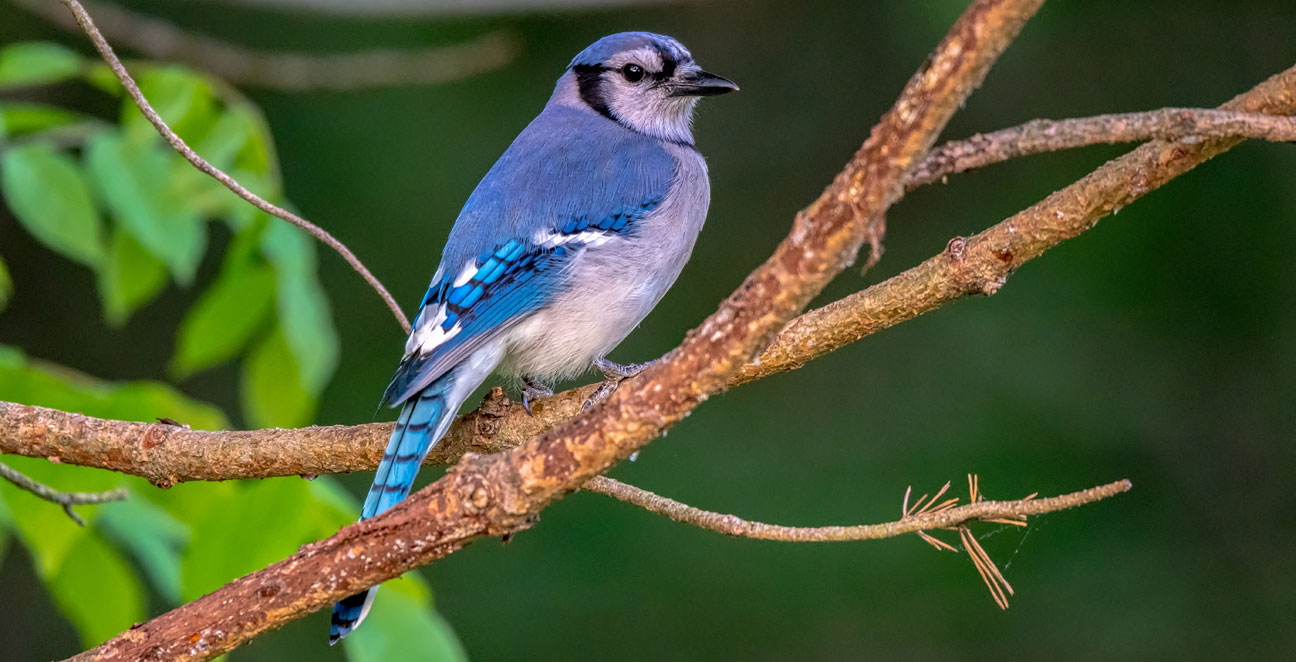
Red-headed Woodpecker
Scientific Name:
Melanerpes erythrocephalus
Length:
7.5-9.1 in (19-23 cm)
Weight:
2.0-3.2 oz (56-91 g)
Wingspan:
16.5 in (42 cm)
Nest:
If the chosen site does not already have a nesting cavity, then both parents will drill out the nesting cavity, though the male will do most of the work. The chosen locations of these cavities are mostly in dead trees or utility poles between 8 and 80.4 ft above the ground. A winter roosting cavity may be used for a nest, or new cavity may be excavated (mostly by male) and the female indicates acceptance of site by tapping on tree.
Eggs:
4-5, sometimes 3-7, rarely more. White. Incubation is by both sexes (with male incubating at night), 12-13 days.
Feeding Behavior:
This woodpecker is omnivorous, eating insects, seeds, fruits, berries, nuts, and occasionally small rodents?even the eggs of other birds. About two-thirds of its diet consists of plants, and keep food caches. They have been known to stuff food in tree cavities, crevices, and under tree bark. This keeps them well fed throughout the year.
Young:
Are fed by both parents, and leave the nest at about 27-31 days. Pairs may be starting on a 2nd nesting attempt while still feeding the fledglings from the first; 2nd brood may be raised in same nest but more often in new cavity, freshly excavated.
Range:
During the start of the breeding season they move from forest interiors to forest edges or disturbed areas. Some are probably permanent residents but others, especially from northern and western areas, travel to wintering areas in southeastern states. Migrates by day. A short-distance migrant, not known to occur south of United States.
Brief Description:
They are medium-sized woodpeckers with fairly large, rounded heads, short, stiff tails, and powerful, spike-like bills. Adults have bright-red heads, white underparts, and black backs with large white patches in the wings, making the lower back appear all white when perched.